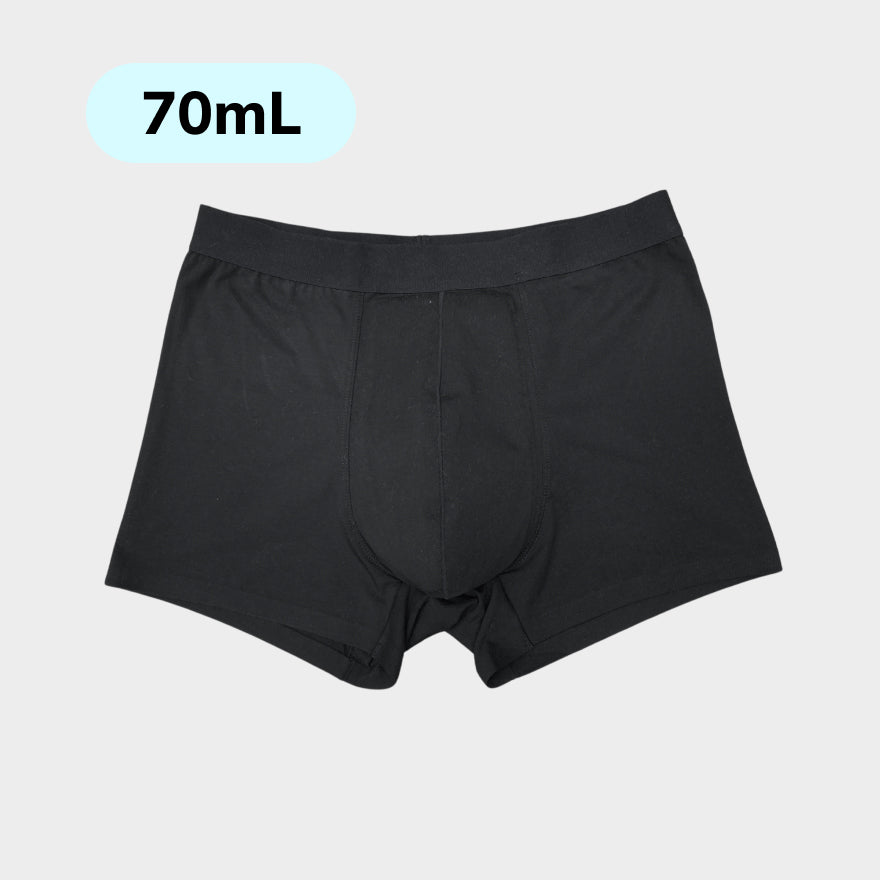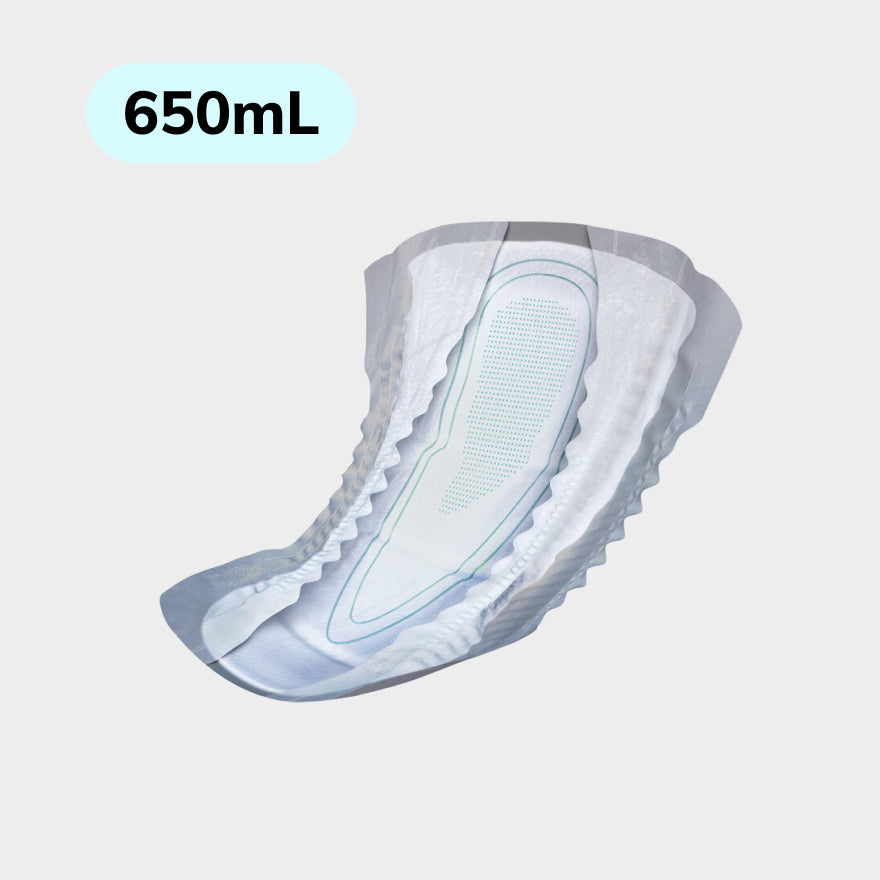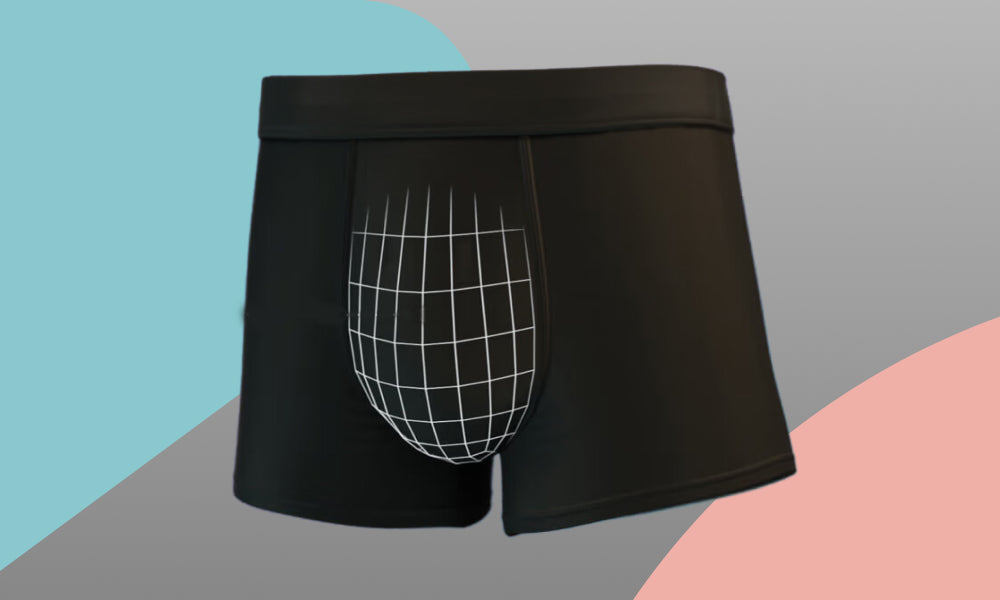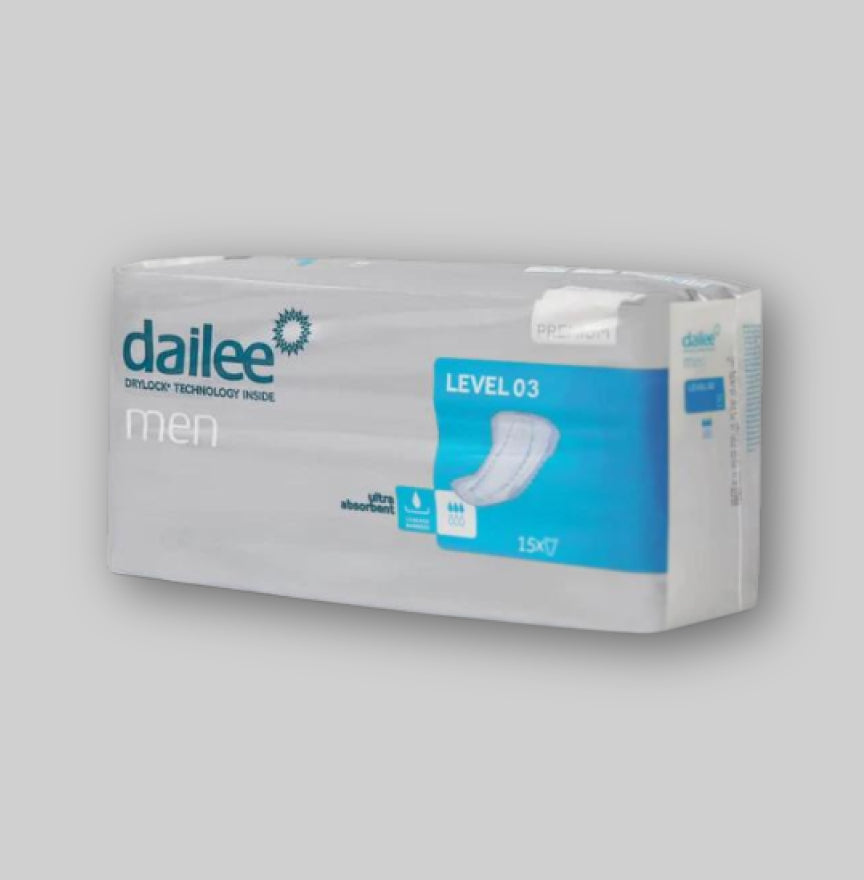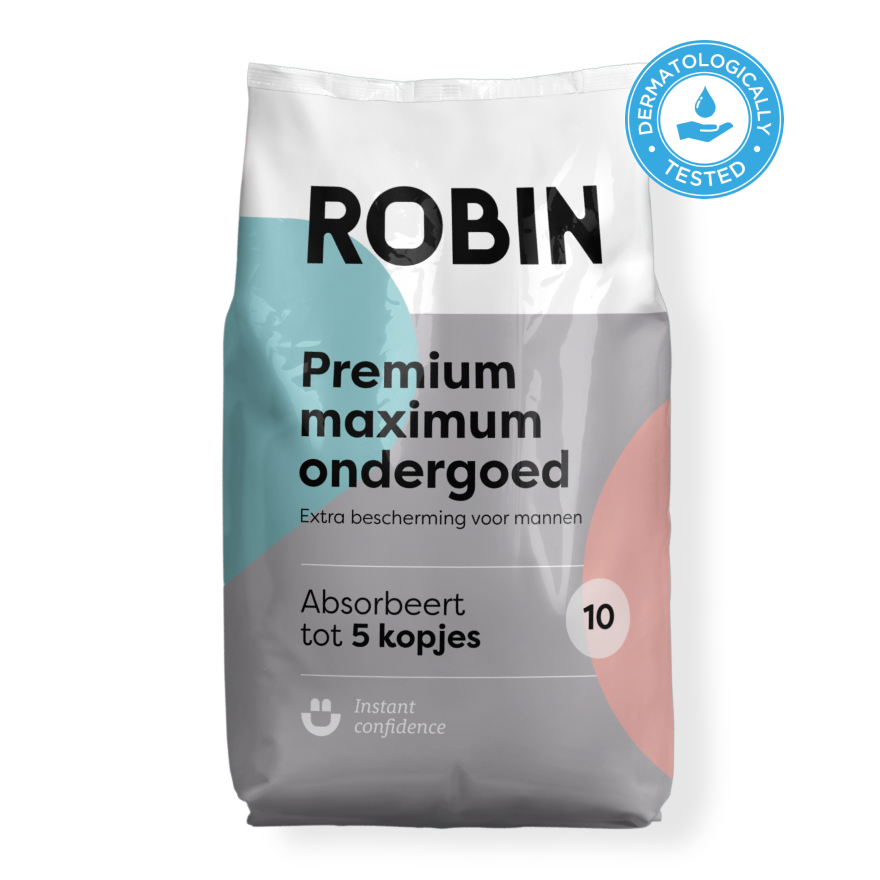Fecal incontinence is a common problem that can significantly impact people’s lives. It can lead to embarrassment, discomfort, and even social isolation. Fortunately, there are several effective treatments available to address this problem and improve the quality of life of affected individuals.
Understanding Fecal Incontinence
Fecal incontinence, also known as fecal incontinence, refers to the inability to control bowel movements, resulting in the involuntary loss of stool. This can range from mild incidents to severe cases where complete control is lost.
Possible causes of fecal incontinence include muscle damage around the anus, nerve damage in the rectum, chronic constipation, inflammatory bowel disease, and other medical conditions. It is essential to determine the underlying cause of fecal incontinence in order to provide effective treatment.
Treatment options
Diet and Lifestyle Adjustments
For some people, simple diet and lifestyle changes can help reduce symptoms of fecal incontinence. These may include avoiding certain foods that aggravate bowel movements, drinking enough water , and exercising the pelvic floor muscles regularly.
Medication
Various medications may be prescribed to treat fecal incontinence, depending on the underlying cause. These may include laxatives, fiber supplements, anti-diarrheal medications, and medications that regulate bowel function.
Pelvic floor therapy
For some individuals, pelvic floor therapy can be effective in strengthening the muscles around the anus and rectum, improving bowel control. This can be done under the guidance of a physical therapist and involves exercises such as pelvic floor contractions and relaxation techniques.
Surgical Options
In severe cases of fecal incontinence, surgery may be considered. Surgical interventions can range from repairing damaged muscles to inserting an anal sphincter or creating a colostomy bag, depending on individual needs and the severity of the condition.
Improving Quality of Life
In addition to treating the physical symptoms, it is also important to address the emotional impact of fecal incontinence and improve overall quality of life. This may include providing emotional support, offering educational resources, and encouraging open communication with healthcare providers.
Conclusion
Fecal incontinence is a challenging condition that can significantly impact individuals’ daily lives. Fortunately, there are several effective treatments available, ranging from dietary and lifestyle changes to medications, pelvic floor therapy, and surgical procedures. By taking a multidisciplinary approach and exploring appropriate treatment options, individuals with fecal incontinence can achieve an improved quality of life.
